Flower Photography for Street Photographers: Beginner Tips
- Tatiana Mocchetti
- Jul 29
- 9 min read
As a street photographer, you're tuned in to the pulse of life. You chase fleeting glances, dramatic light falling between buildings, the poetry of a city in motion. But what happens when the streets feel still? What if you turned your lens toward something quieter—something rooted in place, yet equally full of life?
Flower photography might not seem like an obvious next step. It's slower, softer, and far more controlled. But that's where the magic lies. With the right mindset, photographing flowers can become a powerful extension of your visual storytelling—one that draws on the same instincts you use for capturing street moments.
This blog post is for those who thrive on spontaneity and raw beauty, but are curious to try a different pace. You’ll learn how to use the gear you already have—no macro lens required—to capture flowers with as much emotion and intent as you would a portrait on the street. Let’s dig in.
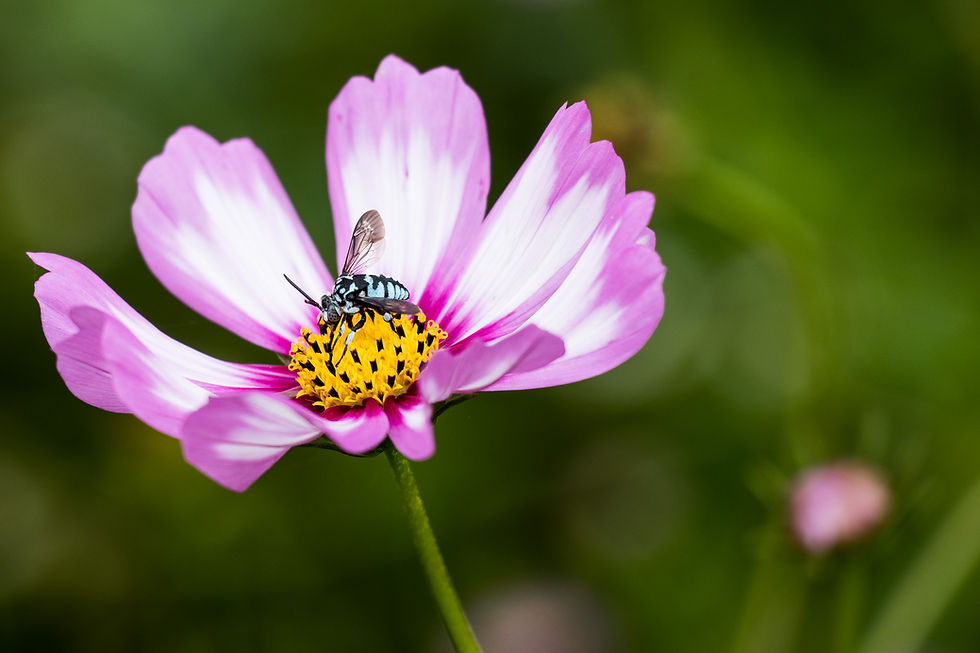
Why Street Photographers Should Explore Flower Photography
At first glance, flower photography and street photography seem worlds apart. One is serene, often planned. The other is spontaneous, filled with unpredictability. But look closer, and you'll find that they share something essential: a deep respect for observation.
As a street photographer, you’ve developed an ability to see what others overlook. A hand gesture, a shadow, a reflection—these things jump out at you. The same skill applies when photographing flowers. You'll notice the arc of a petal, the way light hits the leaves, or how one bloom stands defiant among the rest.
Photographing flowers hones your eye for composition and detail. It teaches patience—waiting for the wind to still, for the light to shift just right. And perhaps most importantly, it reminds you to slow down. In doing so, you return to the core of what photography is: a practice of seeing.
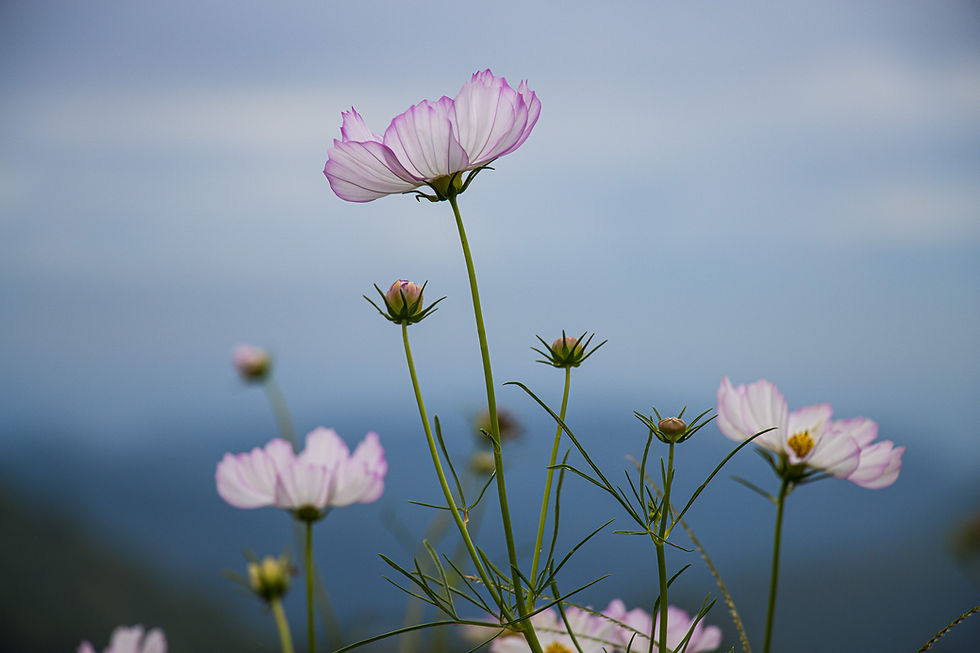
Choosing Your Gear (Without a Macro Lens)
The good news: you don’t need to invest in expensive macro lenses to shoot stunning flower images. In fact, as a street photographer, you already carry what you need.
Your 50mm lens? Perfect. An 85mm portrait lens? Even better for background separation. A humble 18–135mm kit lens? Absolutely usable—especially at the longer focal lengths, where you can compress background elements and isolate the subject.
The key is not in the equipment, but in how you use it. Shoot wide open—f/2.8 or f/4—to get creamy backgrounds and let your subject stand out. Manual focus can be your friend here, giving you precise control over where you want sharpness to fall.
You’re probably used to shooting handheld—and that’s fine here too. Just make sure your shutter speed is high enough to prevent camera shake, especially if you're zoomed in. If you prefer stability or are shooting in lower light, a tripod can help, but it’s not essential.
Bottom line: don’t wait for new gear. Use what’s in your bag and start shooting.

Understanding Light: Drawing from Street-Photography Techniques
Light is everything. As a street photographer, you already chase it through alleyways, reflections, and skylines. Flower photography demands the same sensitivity to light—but applied with a more deliberate eye.
Avoid harsh midday sun unless you're using it creatively for strong shadows or contrast. Instead, aim for golden hour—the soft, angled light just after sunrise or before sunset. This light makes petals glow and textures come alive.
Overcast days are also a gift. The diffused light acts like a giant softbox, eliminating harsh shadows and making colors pop. You’ll find this particularly helpful when shooting brightly colored flowers, which can otherwise lose detail in strong sun.
Try sidelight to bring out the curves of petals and the texture of leaves. Backlight can be magical, especially with translucent flowers like poppies or cosmos. Just like in street work, observe how light interacts with the subject—and let it guide your decisions.
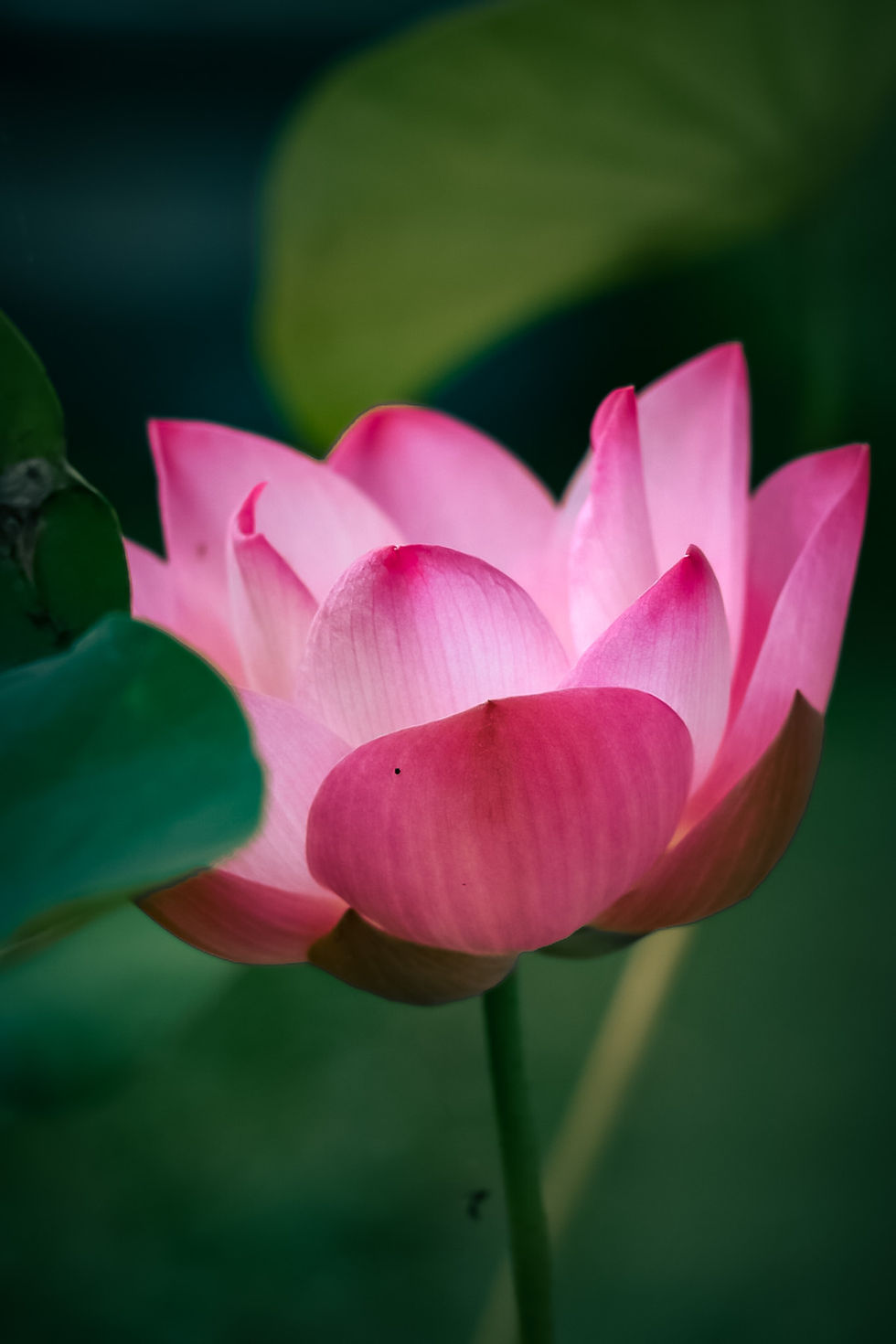
Composing Flower Shots Like Street Scenes
In the street, you’re always composing on the fly—layering subjects, watching backgrounds, using geometry. Flower photography asks for the same intention, just with more time to explore each frame.
Apply the rule of thirds to position your bloom in a dynamic part of the image. Use leading lines from stems or surrounding branches to draw the viewer’s eye. Frame your subject with natural elements, like overhanging leaves or distant plants.
Flowers, like people, have personality. Some are bold and upright, others droop or curl with elegance. Let their posture inform your composition. A lone flower in a sea of green can speak volumes. So can a chaotic jumble of wildflowers, arranged just enough to create rhythm.
Look for contrast—color, texture, shape. Juxtapose soft petals against hard concrete, or vibrant hues against a muted background. These choices create tension and interest, just like in the best urban frames.

Angle & Perspective: Low-Angle Flower Photography
One of the fastest ways to make your flower shots more compelling is to change your perspective. Most people shoot flowers from above. It's safe. Expected. And usually, it’s boring.
Try getting low—really low. Shoot at the flower’s eye level. Better yet, shoot from below it, framing it against the sky or a distant wall. Suddenly, your subject takes on power. It dominates the frame, rather than being merely decorative.
You might have to kneel, crouch, or even lie down on the ground. That’s part of the fun. Get dirty. Crawl into bushes. Explore angles you wouldn't consider in a casual glance.
As in street photography, moving just a few inches to one side can dramatically change your background. A cluttered mess of leaves might become a clean canvas of sky. A distracting object might vanish. Embrace that movement and play.
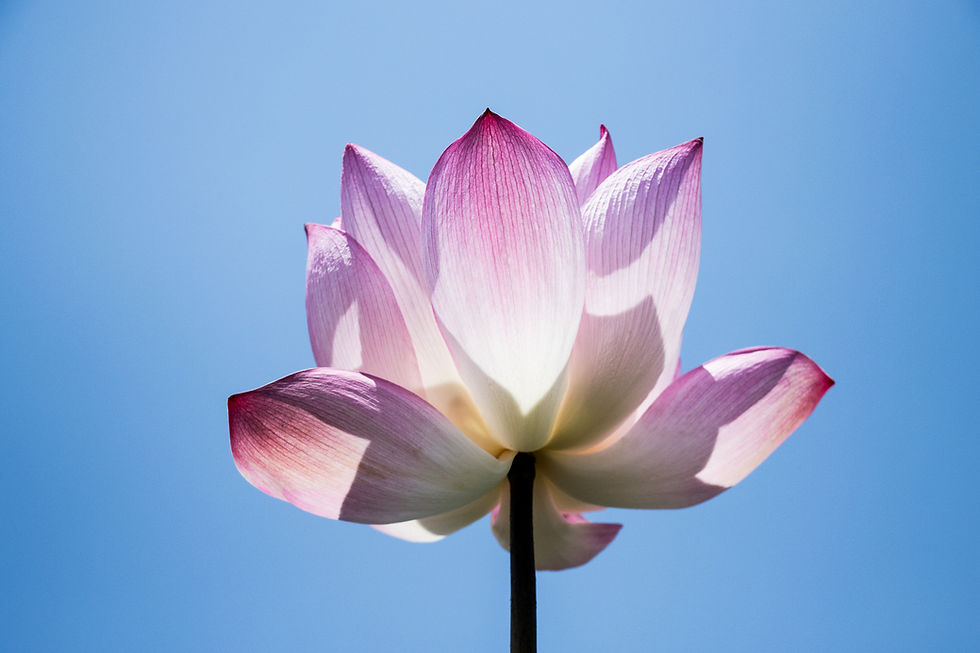
Depth of Field: Balancing Sharpness Without Macro
You might assume that macro photography is the only way to achieve that dreamy shallow depth of field in flower images. Not true.
Using wide apertures like f/2.8, f/3.5, or f/4 lets you blur the background beautifully—even with a standard lens. Focus carefully, though. With shallow depth of field, the margin for error is small. A flower’s center might be sharp while its petals gently fade into softness. That’s the sweet spot.
You don’t need tack-sharp detail across the entire flower. In fact, isolating the most expressive part—the center, the edge of a petal, a drop of water—can make your photo more powerful.
If you do want more depth and clarity throughout, try stopping down to f/8 or f/11. Just remember to compensate with a slower shutter speed or higher ISO. The balance is yours to find.

Motion & Blur: Dealing With Wind or Movement
Street photographers often embrace motion blur—cars zipping past, people walking through the frame. With flowers, wind becomes your new wildcard.
You can fight it or you can use it. On windy days, increase your shutter speed to freeze motion (try 1/500 or faster). This ensures your subject stays sharp, especially when shooting handheld.
Or lean into it. Lower your shutter to 1/60 or slower and let the flower sway. The result can be painterly and expressive, a dance of color and form.
Use burst mode to capture multiple frames—some sharp, some abstract. Review later and choose the one that speaks.
Remember: motion isn’t always a flaw. Sometimes, it’s the poetry.
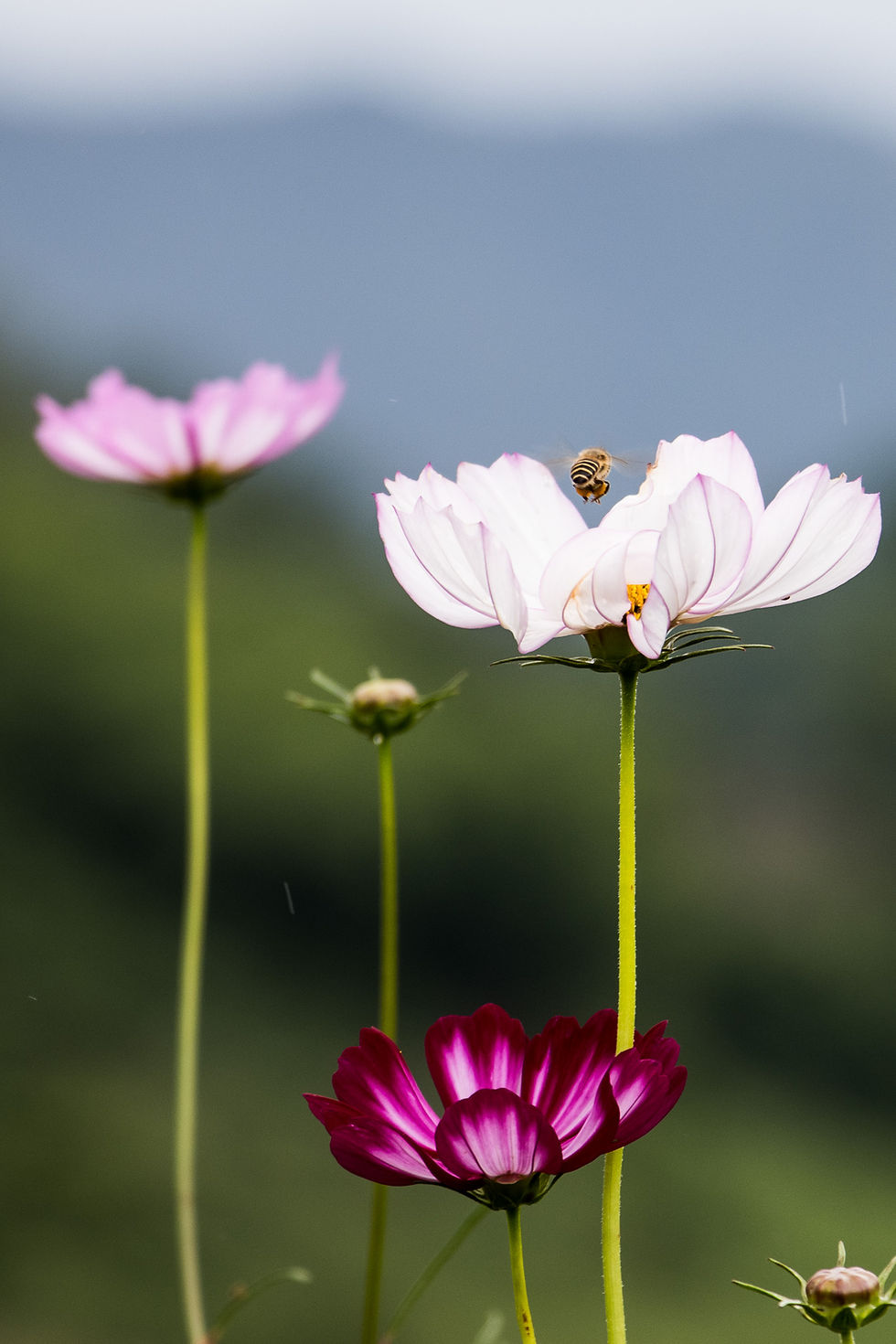
ISO & Shutter Settings for Clarity
If you’re comfortable shooting in changing street light, you already know how to juggle ISO, aperture, and shutter speed. Flower photography is no different—just slightly calmer.
ISO: Keep it as low as possible to reduce noise. 100–400 is ideal.
Shutter speed: At least 1/200 for handheld stability. Go higher in wind.
Aperture: f/2.8–f/5.6 for blur, f/8–f/11 for more depth.
Let the conditions guide you. Adjust exposure settings on the fly, just like you would when turning a corner into bright sunlight or shadow in the city.

Matching Flower Photography to Street Photography Mindset
The biggest overlap between street and flower photography is mindset.
You're not just taking a picture of a plant. You're discovering character. Framing emotion. Finding tension between subject and setting.
Approach each flower like a street subject. Observe its surroundings. Watch how it interacts with light. Look for imperfections—bent stems, torn petals, insects crawling across—these are details that bring it to life.
Let go of perfection. Flowers, like people, are more interesting when they’re real.
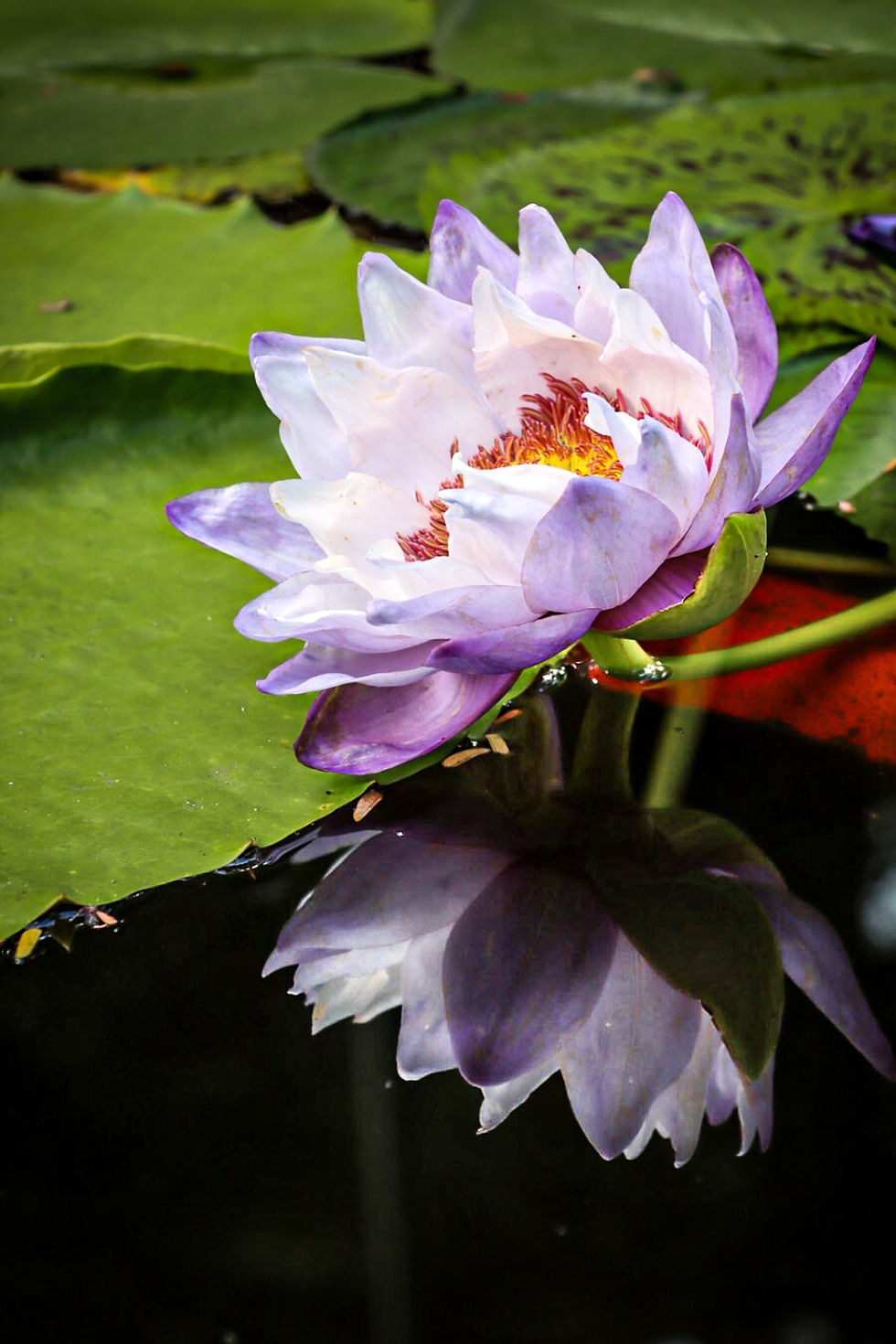
Post-Processing Tips From Street Photographers
You already have a post-processing style—maybe moody black and white, punchy color contrast, or cinematic tones. Bring that into your flower work.
Use your usual tools (Lightroom, Capture One, VSCO, etc.) to emphasize your voice. Boost vibrance or clarity slightly to make textures pop. Add a vignette to focus the viewer’s eye. Play with cropping for stronger composition.
Try black and white. Stripped of color, flowers can take on an entirely new mood—graphic, sculptural, dramatic.
Your editing is where your vision crystallizes. Let it be consistent, no matter the subject.
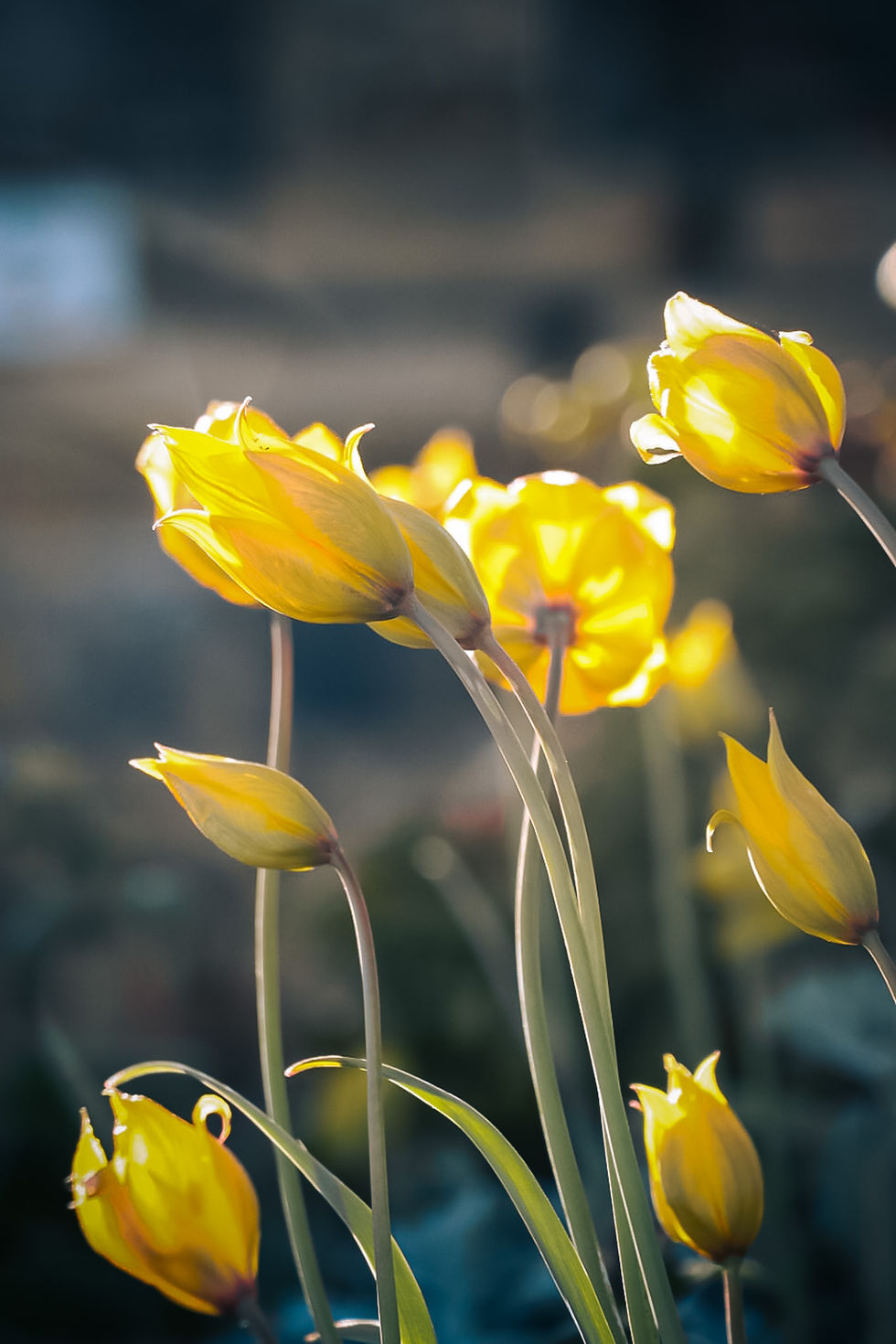
Practice Exercises and Creative Challenges
Here are some fun ways to push your flower photography through a street photographer’s lens:
Diptych Diaries: Pair a flower shot with a human element—hands, eyes, wrinkles, walls. Let the story live between the frames.
Color Hunt: Find a flower, then hunt for that color elsewhere—on a motorbike, a door, a scarf. Photograph both.
One Flower, Ten Shots: Challenge yourself to shoot one flower in 10 completely different ways—angles, light, distance, background.
These exercises sharpen your eye and reconnect you to the joy of visual problem-solving.

Unique Creative Angles
Push beyond the expected.
Shoot through a glass jar or sunglasses for distortion.
Use shadows from fences or blinds to add pattern.
Place flowers behind wet glass for mood.
Add raindrops or mist with a spray bottle.
The more playful you are, the more original your results.

Case Examples: Combining Flowers & Urban Context
This is where your street instincts shine.
A lotus flower beside a graffiti wall.
Marigolds at a Thai temple with neon lights nearby.
A wilted rose on a concrete step.
Don’t isolate flowers from life. Photograph them in context. Their fragility against urban grit tells powerful stories.
Quick Takeaways
You don’t need a macro lens to shoot great flower photos.
Street photography skills translate beautifully to floral subjects.
Focus on light, composition, and mood—not just detail.
Changing your perspective creates powerful images.
Practice makes better. Curiosity makes best.
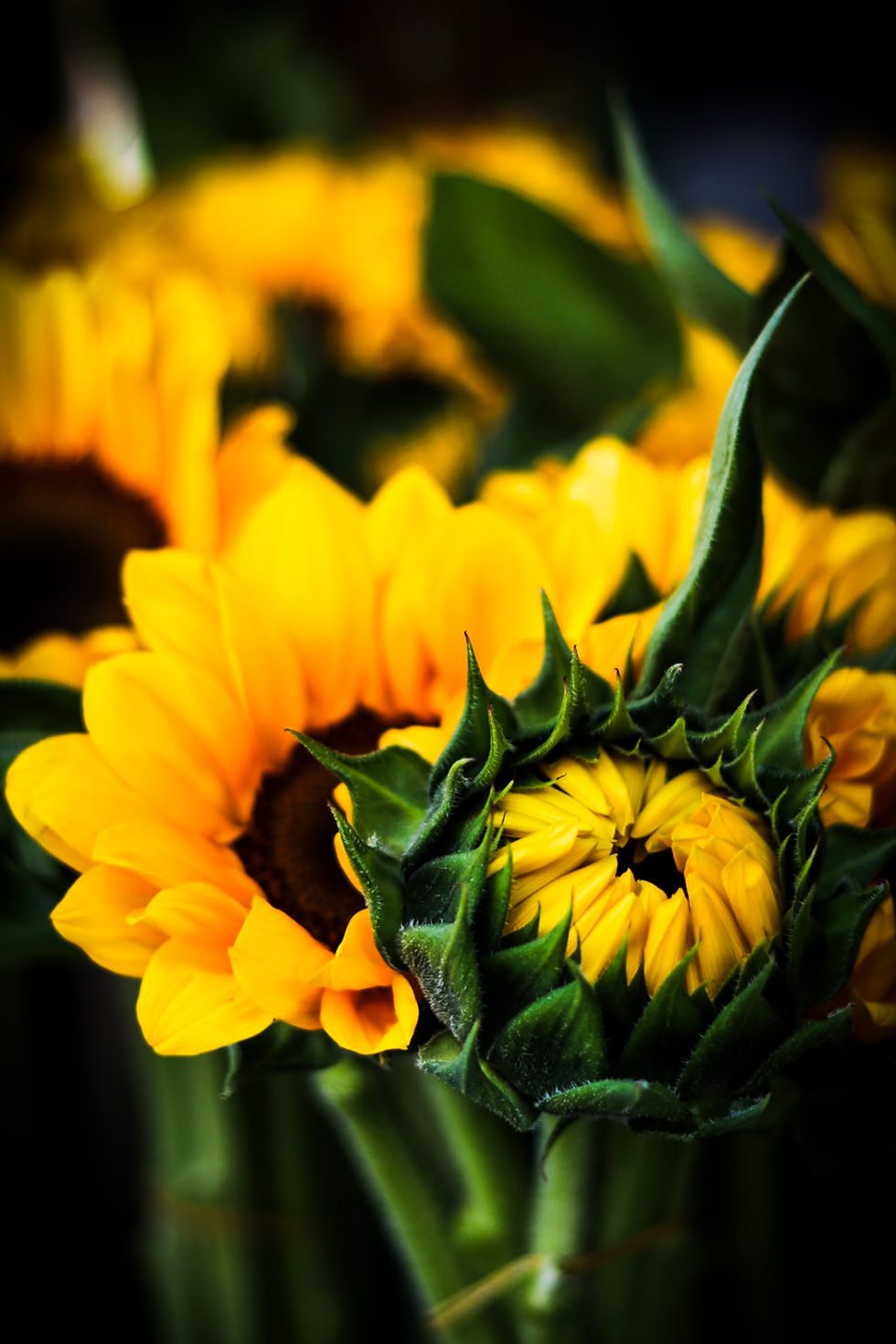
Street photography and flower photography are not opposites. They’re siblings—both rooted in presence, storytelling, and emotion.
This shift in subject doesn’t mean you’re abandoning your style. On the contrary, it helps you refine it. Flowers can become your models, your metaphors, your mirrors.
So go find a bloom. Watch how it moves in the breeze. How the light traces its shape. How its imperfections make it more human. Frame it like you would a stranger in an alley—and you might just surprise yourself.
Then come back and tell me what you saw.
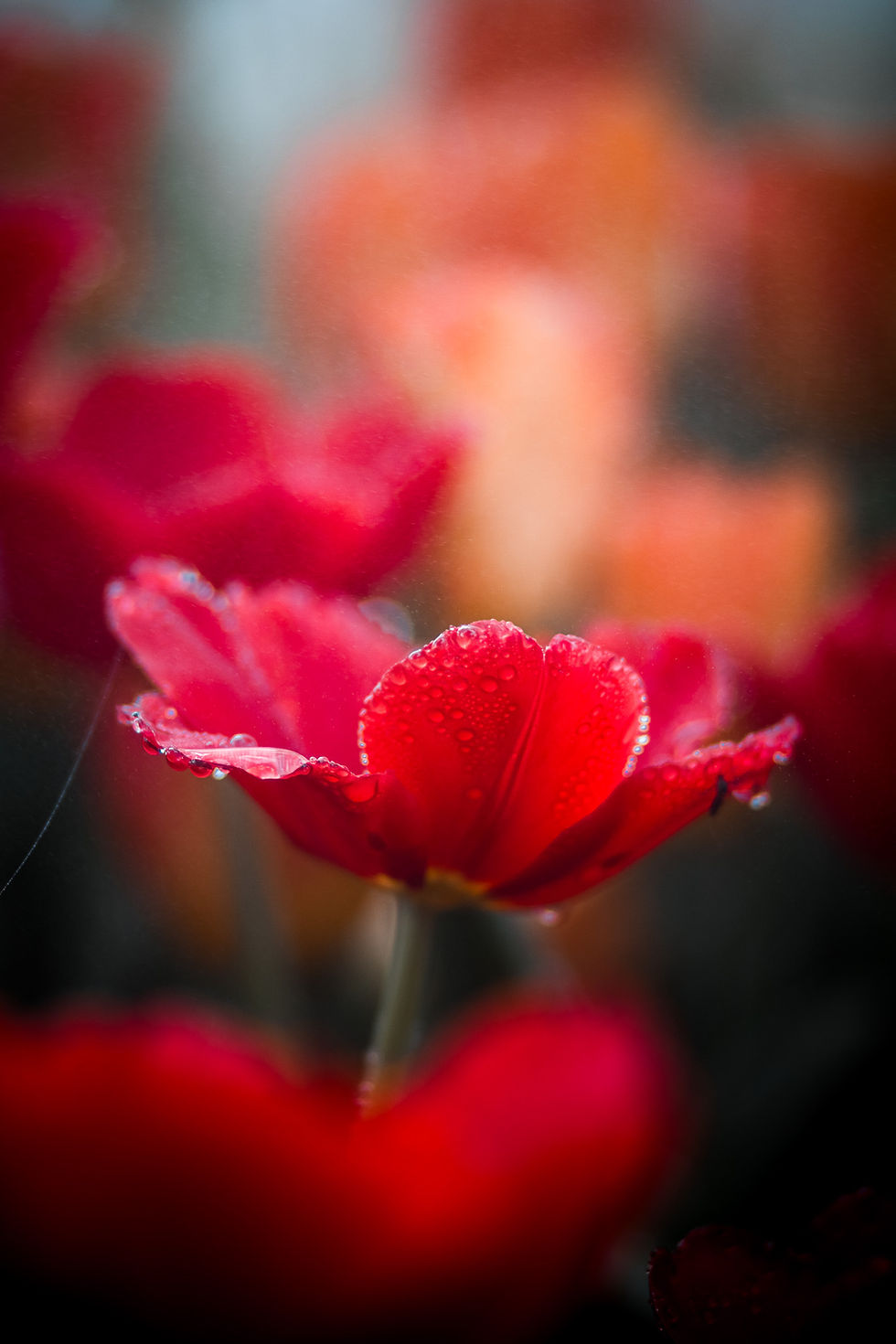
FAQs
Can I photograph flowers with a kit lens?Yes! Zoom in, shoot wide open, and move your body to frame creatively.
What’s the best light for flower photography?Golden hour and overcast skies are your friends. Harsh midday sun? Use it with purpose—or avoid it.
How close should I get?As close as your lens allows while still achieving focus. Use cropping to refine, if needed.
Should I shoot RAW or JPEG?RAW gives you more editing flexibility—especially for exposure and color adjustments.
Can I combine flowers with street scenes?Definitely. That contrast—organic vs. urban—is rich with potential.

🌸 Have you ever photographed a flower like it was a stranger in the street?
I’d love to hear your thoughts—or better yet, see your photos.Leave a comment below, or tag me in your work if you post it online.Let’s see how the streets and the stems collide.
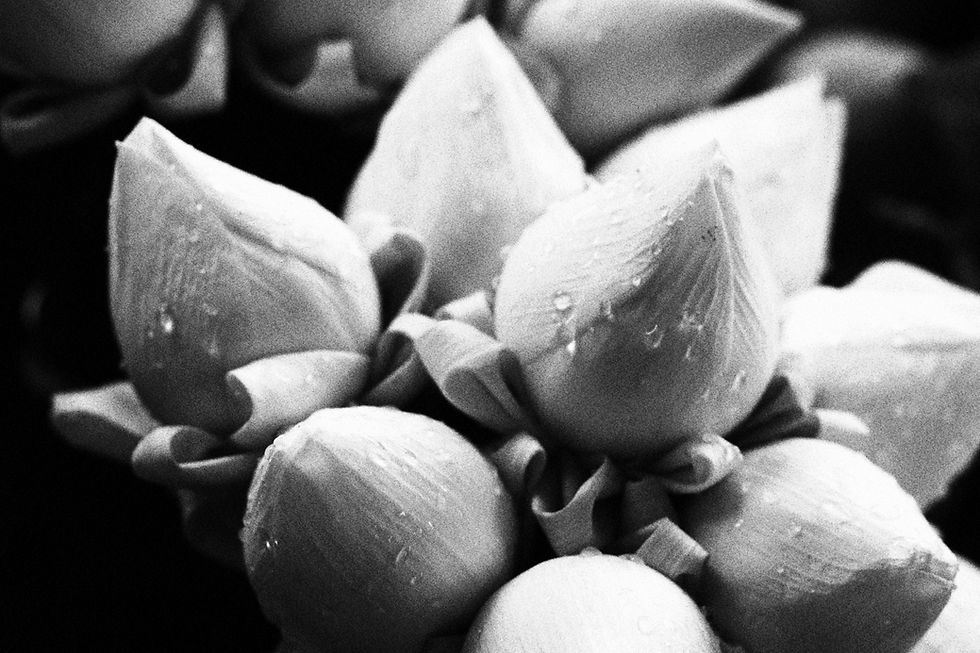


Comments